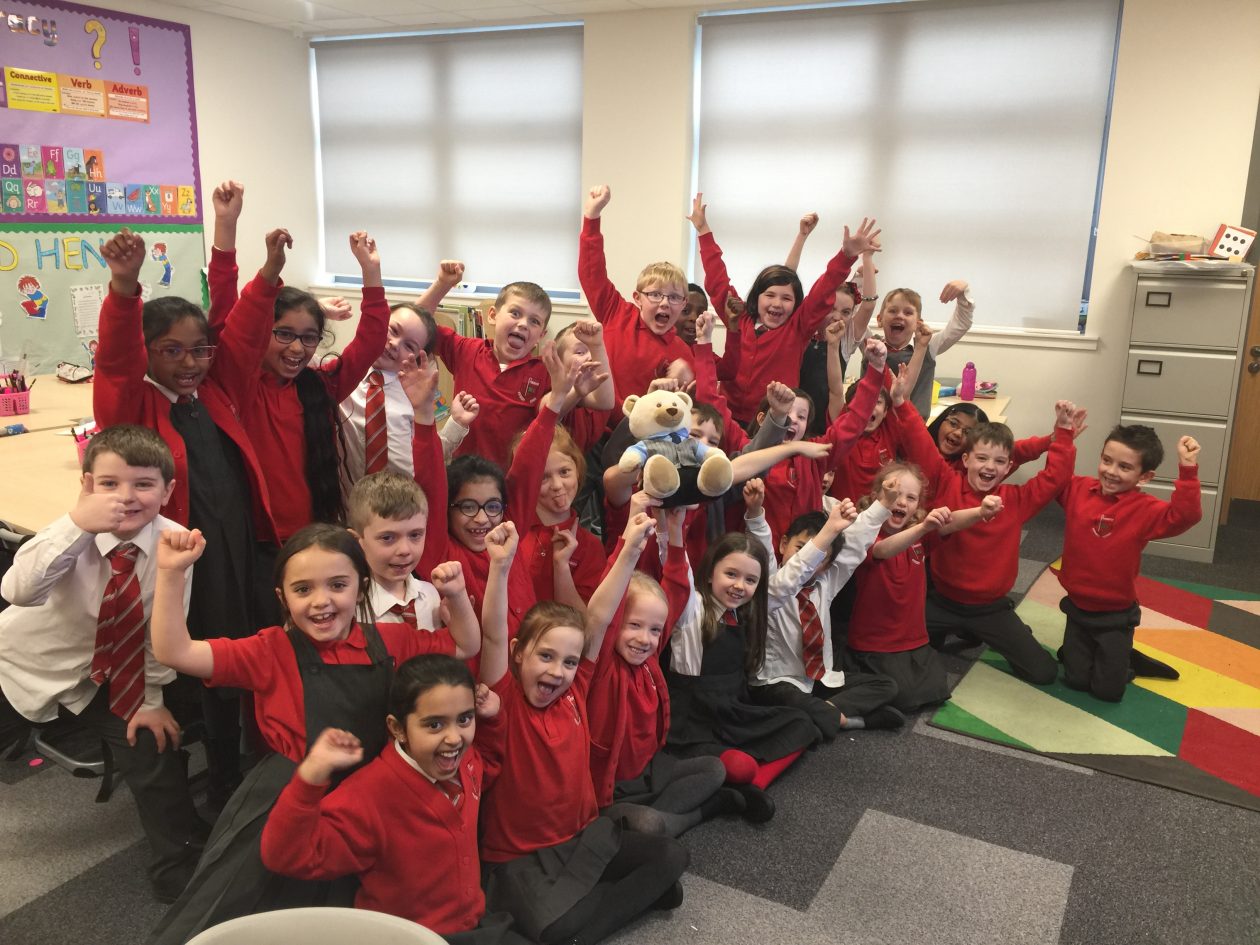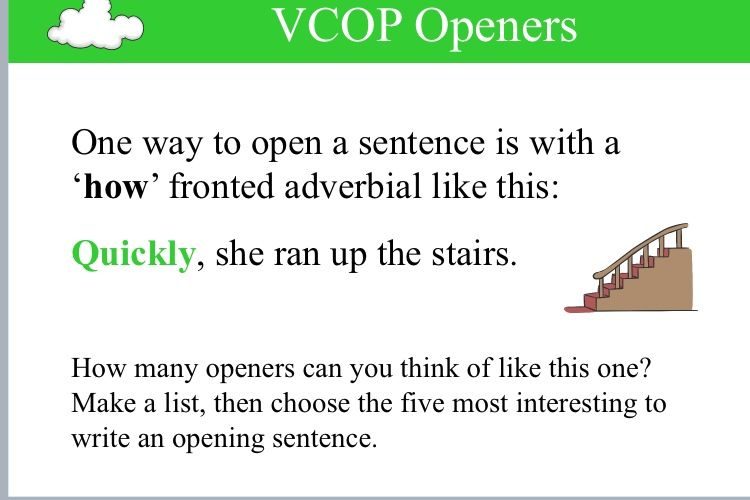It has been another busy week in Primary 3. We have been working hard in a range of curricular areas and have enjoyed celebrating Robert Burns day on the 25th January.
We looked at a PowerPoint on his life and have completed some Scots writing. (Ewan)
We looked at different Scots poems and had to work together to translate them from Scots into English. My favourite one was about mince and tatties. (John)
We made poems in English and then translated them into Scots using a dictionary to help us with our Scots vocabulary. (Hannah)
We read a chapter of George’s Marvellous Medicine and then we read Geordie’s Mingin Medicine looking at the difference between the stories. They were both very good but the Scots one was funnier. (Dilraj)
We also worked in pairs to complete a ‘Who Wants to be a Millionaire’ style quiz where we had to look for clues in the sentence to discover what the Scots word meant. (Eva D)
Some new Scots words we have added to our vocabulary include; bairn, dreich, crabbit, bonnie and auld.
In between all our fabulous work on Scots poems, we have also taken some time to find and use information to create a new text.
In Literacy, we have been exploring non-fiction texts about the artic fox and other animals. We made posters showing how they survive during the winter. (Fraser)
The artic fox adapts to the seasons by changing colour, it blends into its background so that predators cannot eat it. (Olivia)
Lots of animals get ready for winter in different ways, the frog goes into a state of diapause which means its heart rate drops and it doesn’t move. (Finlay)
Some animals also hibernate, this is when they sleep all through the winter. (Rosie)
This week we have started our Science topic on the Earth, sun and moon. (Ewan)
In ICT, we used PowerPoint to make a presentation including words relating to day and night. (Ryan)
We sorted pictures of day and night and tried to place in the correct column. (Emilia)
We had some tricky pictures to sort. These were sunsets, solar eclipse and pictures of the Earth from space. (Alistair, Kaiden and Millie)
On Friday, as part of our Golden Time, both Primary 3 classes were working together playing different teams. Whilst working up a sweat, we had to work together in groups whilst developing our ball skills. It was great way to end another busy week!

































